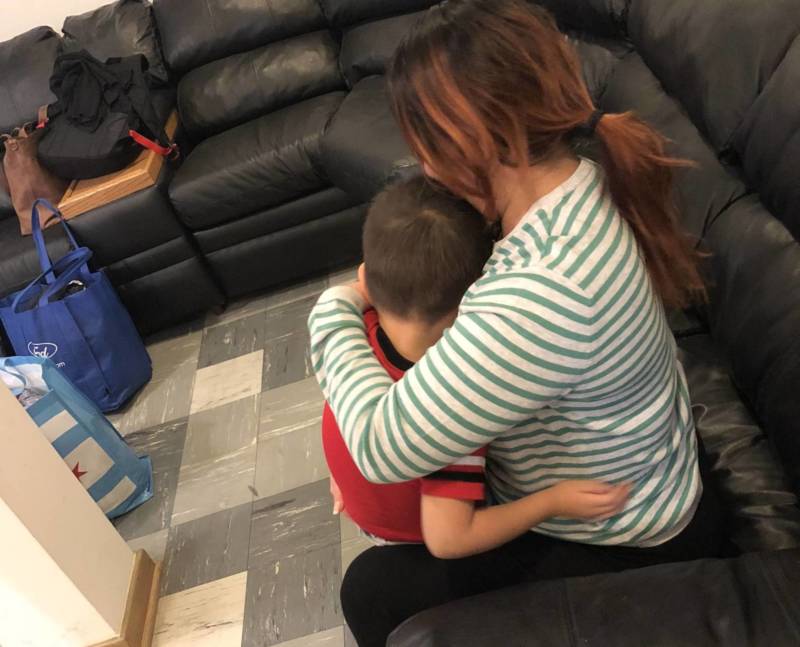The U.S. Department of Homeland Security may soon have to identify, and possibly reunite, potentially thousands more families separated at the border under the Trump administration’s zero tolerance policy.
At a hearing in San Diego on Thursday, U.S. District Judge Dana Sabraw told government attorneys that a newly reported group of possibly thousands of migrant children taken from their parents in 2017 suffered the same alleged wrong as thousands of other children covered by a class-action lawsuit in his court (Ms. L v. ICE).
“When there’s an allegation of wrong on this scale, one of the most fundamental obligations of law is to determine the scope of the wrong,” Sabraw said. “It is important to recognize we are talking about human beings.”
Last June, Sabraw ordered the government to stop separating families at the border and to reunite any of the children still in U.S. custody with their parents.
U.S. officials identified all the separated children in the custody of the Office of Refugee Resettlement, a division of Health and Human Services responsible for the welfare of unaccompanied immigrant children in U.S. care, as of June 26, 2018, the date Sabraw issued his injunction against unlawful family separations.
In July 2018, ORR reported that there were 2,654 affected children. Officials have since revised the number to 2,816, according to a status report filed with the court this week.
The vast majority of the kids had been released to their parents or another close relative by January when a government watchdog reported that thousands more children may have been separated from their families.
A Jan. 11 report by the Inspector General for HHS found that thousands of additional children may have been taken from their parents at the border beginning in 2017, "before the accounting required by the court."
Attorneys with the American Civil Liberties Union asked Sabraw to clarify whether they should be included in the class-action lawsuit and entitled to relief.
Sabraw has not issued a ruling yet on the matter, but in the court hearing made it clear that the defining common denominator for class members is whether they were wrongfully separated, not whether the child was still in U.S. custody when the judge issued his June order.

